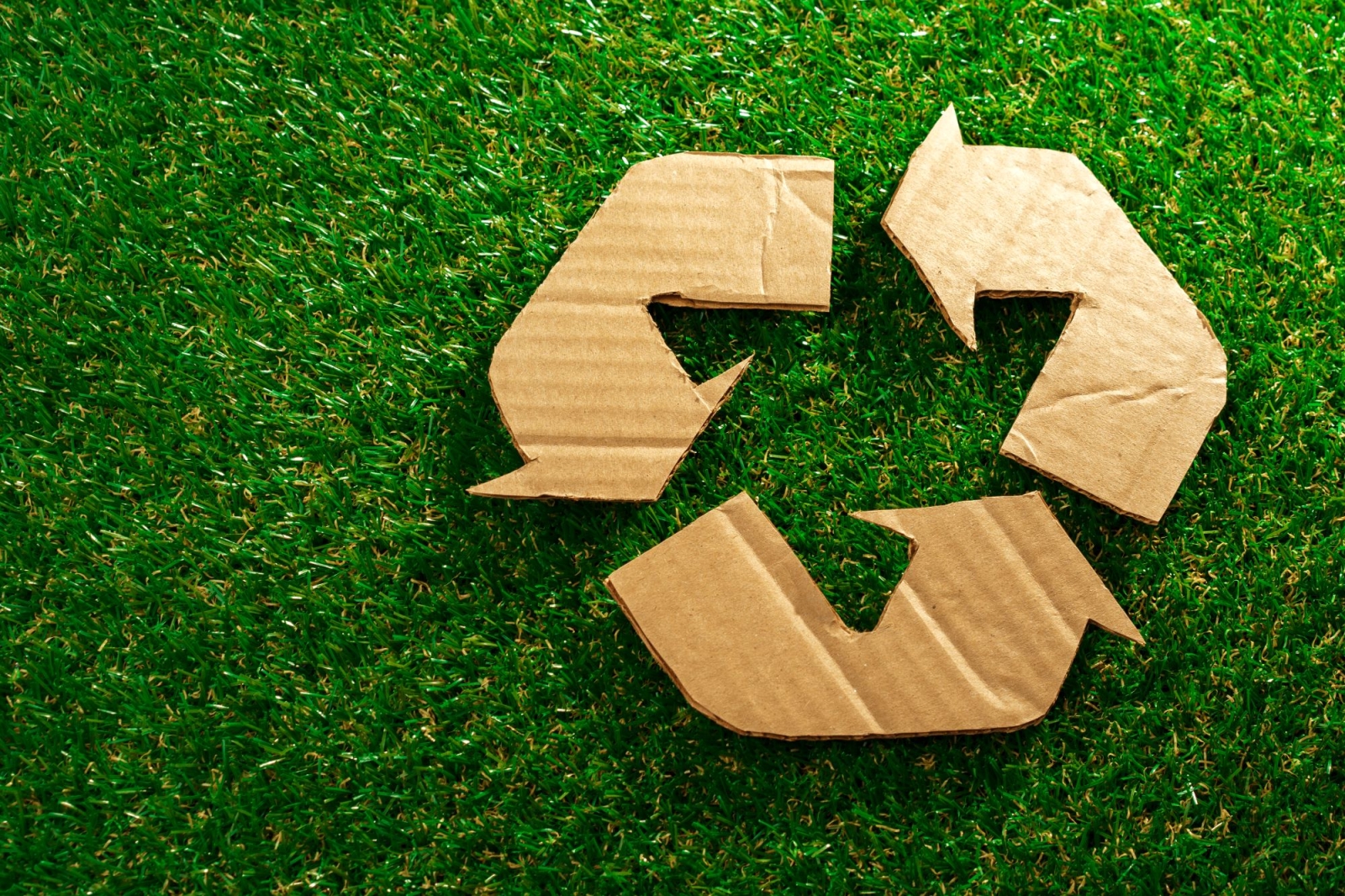Circularity's Circularity Platform changes its look and updates its digital services to make companies more circular. The 2018 version aimed to broaden the scope of collaboration between companies with a view to industrial symbiosis, and thus foster the exchange of useful information. Following that, the new platform enables companies to find new sources of recycled materials, create a true network of partners with whom to dialogue and devise solutions, and use digital tools to measure their own Esg performance and that of their supply chain.
Digital innovation is one of the main strengths of the new version of the Circularity Platform. The application of advanced computational data processing models, which classify operators according to environmental parameters and geolocation systems, enables the traceability of the entire waste, by-product and end-of-waste material supply chain, for which until now there was no dedicated system. Information and awareness of one's actions is an essential condition for being able to change the status quo of industrial processes. That's the reason the platform also offers the opportunity to take training courses on sustainability and the circular economy and to be informed about what is happening in the sector, thanks to the news and in-depth reports of Renewable Matter.
Circularity Platform’s services
Circularity's geo-referenced platform targets producers, transporters, users and startups, enabling them to:
- Manage their waste according to a circular model, generating secondary raw materials for new production cycles and increasing their waste recovery rates.
- Identify the most virtuous partners in the area and define business agreements for circular material management at all stages.
- Track and monitor the path of waste materials to gain more knowledge about the destinations and environmental performance of its suppliers.
- Quantifying the CO2 equivalent of environmental management of materials allowing companies to make an environmentally conscious choice, sharing in the ecosystem the added value given by avoided emissions.
- Reduce the cost of waste treatment and identify improved economic solutions for the volumes produced.
The portal is suitable for any company, of any size, from micro-companies to multinationals. Currently, use of the Circularity Platform is available in both free (Freemium) and premium modes: all companies can join the circular economy network created by Circularity for free using this link.
A tool to boost circularity
“Circularity's effort and commitment have been focusing on studying and implementing a tool aligned with environmental regulations. It would give added value to companies so that they can decide on the most efficient partner to manage their waste from an environmental perspective and track their waste to report the real figure of their level of circularity,” explains Camilla Colucci, CEO of Circularity.
The most recent data show a worsening of the global circularity index, the Circularity Gap, which measures the share of materials from recycling in total materials consumed: it drops from 9.1 percent in 2018 to 7.2 percent in 2022. That's why there is an urgent need to give businesses digital tools such as the Circularity Platform to accelerate the circular transition.
Image: Envato Elements



